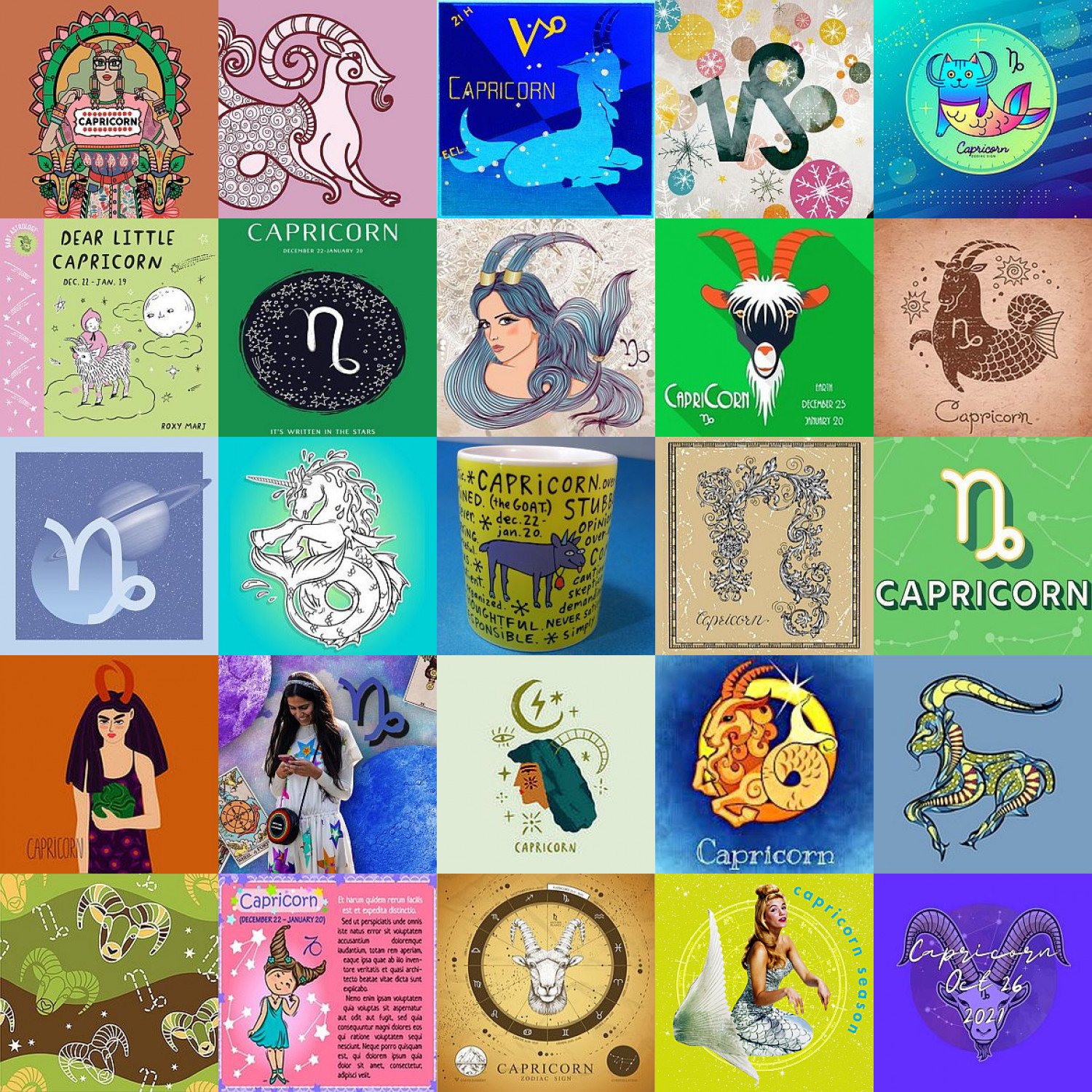Many folks, you know, sometimes wonder about dates and what they might mean, especially when a specific day, say January 20th, pops up in conversation, and they hear talk of things like zodiac signs. It's really quite common for people to be curious about where a particular date fits within the larger calendar year and what associations it might carry. So, if you've ever found yourself asking about January 20th and its connections, you're certainly not alone in that thought.
We often use shorter ways to talk about months, and it's pretty helpful for quick notes or when we're just trying to get a point across without using too many words. These quick forms are a part of our everyday chat, and they help us keep things moving along without needing to write out every single letter of a long word. That, in a way, helps everyone keep up with the flow of information.
When it comes to the first part of the year, one of the most frequently seen short forms is "Jan." This little group of letters, as a matter of fact, stands for something quite significant, marking the very beginning of our calendar year. It's a key piece of information for anyone trying to figure out where a date like January 20th actually sits on the timeline.
- Eddie Guerrero Doodsoorzaak
- How Tall Is Conan Obrien
- Water Levels In Lake Travis
- Chase Mortgage Preapproval
- %E0%A4%8F%E0%A4%95%E0%A4%B8%E0%A4%B8 %E0%A4%86%E0%A4%88%E0%A4%93%E0%A4%9F %E0%A4%A1%E0%A4%B5%E0%A4%87%E0%A4%B8 Vnc Viewer
Table of Contents
- What Does "Jan" Actually Mean?
- Where Did January Get Its Name?
- How Do We Use Month Abbreviations Like "Jan"?
- Why Are These Shorter Forms Helpful?
- Is Jan 20 Part of January?
- What About Dates Around Jan 20?
- What Other Months Have Similar Short Forms?
- A Look at the First Half of the Year
What Does "Jan" Actually Mean?
Many people might see "Jan" written down and wonder what it really means. Well, quite simply, "Jan" is a shorter way of writing the word "January," which is the very first month of our year. It's a commonly used quick form you'll spot on calendars, in written notes, and pretty much anywhere you need to talk about dates in a brief way. This short version helps us communicate clearly without having to spell out the entire name each time. You know, it's just a little easier on the eyes and the hand.
January itself holds a special spot as it’s the month that bridges the end of one year and the start of a brand new one. It's a time for fresh beginnings and looking forward. So, when you see "Jan," you're really looking at the shorthand for this pivotal month, a time that represents both looking back at what has passed and gazing ahead to what is coming. It's kind of like a doorway, in a way, between two different periods of time.
Where Did January Get Its Name?
The name "January" has a rather interesting story behind it, reaching back into the tales of ancient Rome. It gets its name from a guardian figure called Janus, who was, you know, quite a special god in their stories. Janus was often shown with two faces, which is pretty neat. One face was always looking to the past, reflecting on what had already happened, and the other was always gazing into the future, anticipating what was yet to come. This imagery makes a lot of sense for the first month of the year, doesn't it?
- T Mobile Construction Site Safety
- Adina Howard Tupac
- Skiniest Person In The World
- Chase Fha Loan
- How Old Was Rory In Season 4
People in ancient Rome felt that choosing Janus's name for this month was a perfect fit for a time that marked the passing of the old and the welcoming of the new. It was, in some respects, a symbolic nod to transitions and fresh starts. So, every time we say or write "January," or its shorter form "Jan," we are, basically, carrying forward a piece of that very old Roman thought about new beginnings and looking both ways.
How Do We Use Month Abbreviations Like "Jan"?
We see these shorter forms for months, like "Jan," "Feb," "Mar," "Apr," "May," and "Jun," all the time, don't we? They're pretty much everywhere. These are simply quick ways to write down the names of the months, and they help us keep things brief and to the point. You'll spot them on calendars, in date fields on forms, and in lots of different types of written information where space might be a bit limited, or just for the sake of speed. They’re a really common part of how we handle dates in everyday life.
For example, "Jan" stands for January, "Feb" is for February, and "Mar" is for March. Then you have "Apr" for April, "May" for May, and "Jun" for June. Each one is a little snippet of the full name, making it easier to jot down dates quickly. It’s almost like a universal shorthand that most people can quickly grasp, making communication about dates pretty smooth and easy to understand for everyone involved.
Why Are These Shorter Forms Helpful?
These quick forms, like "Jan" for January, are quite useful for a number of reasons. For one thing, they save a good bit of space, which is helpful on things like calendars or in tables where you don't have a lot of room to write out long words. Think about a daily planner; you know, fitting "January" into a tiny square would be a bit of a challenge. "Jan" fits much better, actually.
They also make things quicker to write and read. Instead of writing out the full name of a month, which can be a little bit of a mouthful, you can just use three or four letters, and people still know exactly what you mean. This speed can be really beneficial when you're making notes, filling out forms, or just trying to get information across in a hurry. It's a simple convenience that, basically, makes our lives just a little bit easier when dealing with dates.
Is Jan 20 Part of January?
Given what we've talked about, if "Jan" is the short way to say "January," then it naturally follows that any date with "Jan" in front of it is referring to a day within that very first month of the year. So, when you see "Jan 20," or hear someone mention "January 20th," you can be quite certain they are talking about a specific day in the month of January. It's a pretty straightforward connection, really, that helps us pinpoint a moment in time.
The number "20" simply tells us which day of January we're looking at. It's the twentieth day of that month, which is, you know, a good way into the month but certainly not at its very end. This way of writing dates is a common practice across many different settings, from formal documents to casual conversations, helping everyone to stay on the same page about specific calendar points. It's a simple system that works well.
What About Dates Around Jan 20?
When we think about January 20th, it helps to understand its place within the broader span of January. The month of January, typically, has 31 days. So, January 20th falls roughly two-thirds of the way through the month. Dates leading up to it, like January 1st, January 10th, or January 15th, are all earlier in the month, naturally.
And then, you know, dates following January 20th, such as January 25th or January 31st, are later within January. This structure is pretty consistent for all months, where the number after the month's name or its short form tells you exactly where that day sits in the sequence of days for that particular month. It’s a very logical way to organize time.
What Other Months Have Similar Short Forms?
It's not just January that gets a shorter name; most of the months of the year have a common short form that people use. These quick versions are pretty standard and make it easier to write down dates without having to use the full, longer names. You'll often see these abbreviations on calendars, in digital displays, and in various forms of written communication. It’s a universally understood system, you know.
For example, February is often shortened to "Feb," March to "Mar," and April to "Apr." May is usually just "May" as it's already a short word, but June is "Jun," July is "Jul," and August is "Aug." Then we have September as "Sept" or "Sep," October as "Oct," November as "Nov," and December as "Dec." These are all widely recognized, making it simpler to quickly understand a date when you see it written in this shorter style. They really do help with clarity and speed.
A Look at the First Half of the Year
To give you a clearer picture, let's just quickly list the months and their common short forms for the first half of the year. This helps show how "Jan" fits into the larger pattern of how we refer to our calendar. It’s a pretty consistent system, as a matter of fact, that helps us keep track of time.
- January – Jan.
- February – Feb.
- March – Mar.
- April – Apr.
- May – May
- June – Jun.
As you can see, the pattern is fairly simple, typically taking the first three letters, sometimes four, of the month's full name. This makes them easy to remember and use. Understanding these short forms is, basically, a helpful skill for anyone who deals with dates on a regular basis, which is, you know, pretty much all of us in our daily lives.
So, to bring it all together, "Jan" is simply the common, shorter way to refer to January, the first month of our year, which has its roots in ancient Roman ideas about beginnings. Knowing this helps us understand that "Jan 20" refers to the twentieth day of January. This system of using short forms for months is a widely accepted practice that helps us communicate dates clearly and efficiently, making everyday interactions involving time a bit smoother for everyone.
Related Resources:



Detail Author:
- Name : Otis Sanford
- Username : lucious06
- Email : ltromp@haag.com
- Birthdate : 2002-08-12
- Address : 25989 Gibson Vista South Lloyd, OK 07081-3381
- Phone : 564-716-9009
- Company : Price-O'Reilly
- Job : Wellhead Pumper
- Bio : Rerum omnis cum sed vero repellat voluptas impedit. Aut fuga saepe perspiciatis totam eveniet. Voluptate repellat est aut ex dicta.
Socials
facebook:
- url : https://facebook.com/tierra_goyette
- username : tierra_goyette
- bio : Quam non aut tempora porro. Et doloribus repellendus veniam non omnis.
- followers : 1671
- following : 1192
instagram:
- url : https://instagram.com/tierra.goyette
- username : tierra.goyette
- bio : Laborum voluptatibus possimus a esse et. Animi in odit ab. Qui sed qui odit aliquid omnis ea vitae.
- followers : 1070
- following : 2273